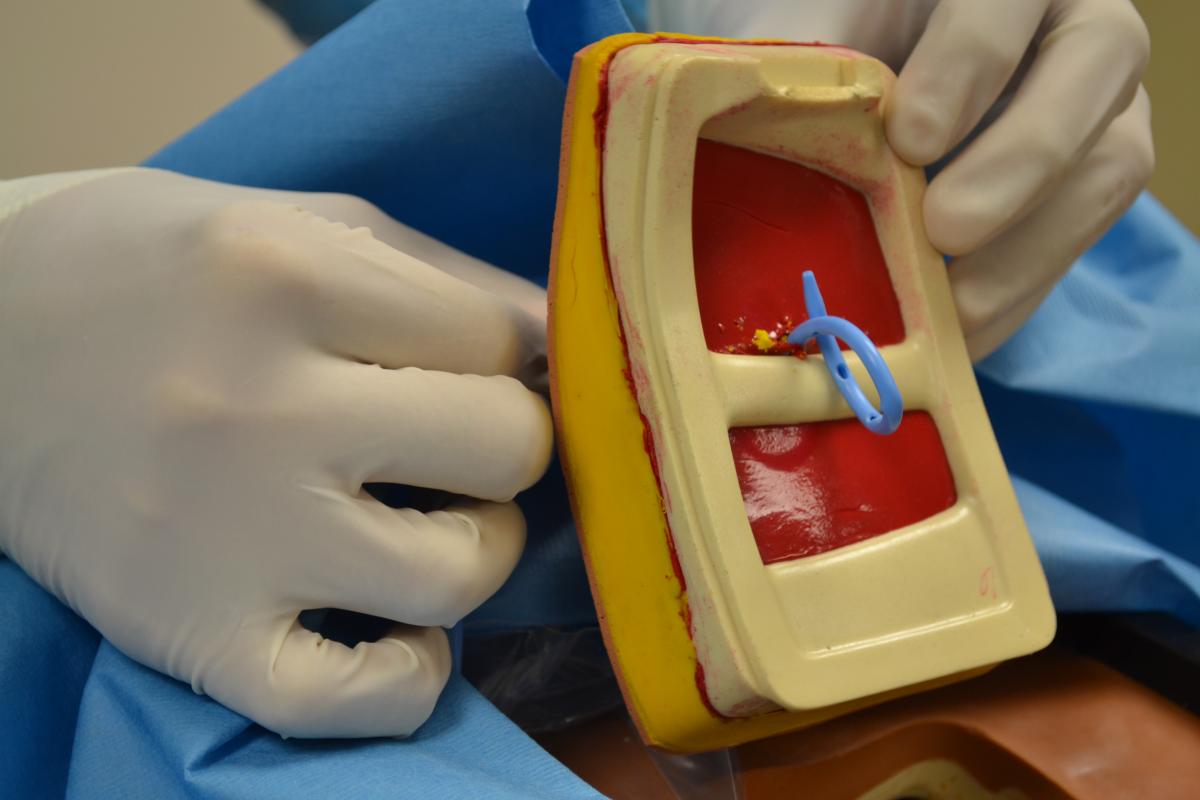Gettin' Piggy with It
Gettin' Piggy with It
Feb. 15, 2023
As emergency docs, anytime there is something in the chest cavity that should not be there, such as air, blood, or fluid, we often feel compelled to get it out. For many decades that barbaric task was done with a 40 French chest tube and some low-wall suction. But is that what is best for the patient? EMRA*Cast host Will Smith, MD, gets into the evidence with Marco Propersi, DO.
Host
Will Smith, MD
Emergency physician in Northern California
Graduate, Nuvance Health/Vassar Brothers Medical Center Residency
@WTSmithMD | wtsmithmd
EMRA*Cast Episodes
Guest
Marco Propersi, DO
Vice Chair and Assistant Medical Director, Vassar Brothers Medical Center
Associate Editor, REBEL EM
@marco_propersi
Overview: As emergency docs, anytime there is something in the chest cavity that should not be there, such as air, blood, or fluid, we often feel compelled to get it out. For many decades that barbaric task was done with a 40 French chest tube and some low-wall suction. But is that what is best for the patient? Regardless if it’s air or fluid? Does it matter if the pathology is traumatic or not? Studies are starting to show that larger bore devices are not always the best route, and in some cases a smaller size tube is just as effective as its larger counterpart, yet tolerated much better by the patient.
Take-Home Points
- A pigtail catheter is essentially a catheter <14 French (Fr); anything >16 Fr is a chest tube.
- A Sharpie marker is about the diameter of a 40 Fr chest tube.
- A #2 pencil is about the size of a 14 Fr pigtail.
- The PCAT paper showed that patients tolerated pigtail catheters better than larger-sized chest tubes, and pigtails performed just as well when managing a pneumothorax.
- If the reason for the chest tube is a traumatic hemothorax, it may be best to stick with a larger size tube.
- The “Triangle of Safety” is the anterior border of the latissimus dorsi, lateral border of the pec major, 5th intercostal space and the apex of the axilla. This ensures a thinner area of skin to penetrate and where you are least likely to hit vital structures upon entering the chest cavity.
Resources
- Chang SH, Kang YN, Chiu HY, Chiu YH. A Systematic Review and Meta-Analysis Comparing Pigtail Catheter and Chest Tube as the Initial Treatment for Pneumothorax. Chest. 2018;153(5):1201-1212.
- Rahman NM, Maskell NA, Davies CW, et al. The relationship between chest tube size and clinical outcome in pleural infection. Chest. 2010;137(3):536-543.
- Ukeh I, Fang A, Patel S, Opoku K, Nezami N. Percutaneous Chest Tube for Pleural Effusion and Pneumothorax. Semin Intervent Radiol. 2022;39(3):234-247. Published 2022 Aug 31.
- Kulvatunyou N, Vijayasekaran A, Hansen A, et al. Two-year experience of using pigtail catheters to treat traumatic pneumothorax: a changing trend. J Trauma. 2011;71(5):1104-1107.
- Kulvatunyou N, Erickson L, Vijayasekaran A, et al. Randomized clinical trial of pigtail catheter versus chest tube in injured patients with uncomplicated traumatic pneumothorax. Br J Surg. 2014;101(2):17-22.





